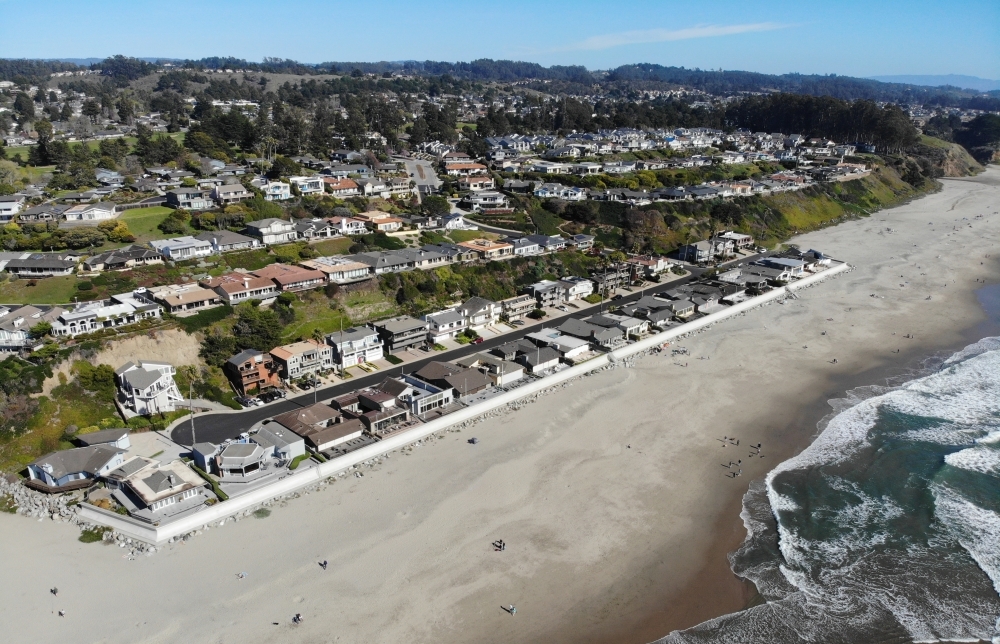
The Future of the Coast
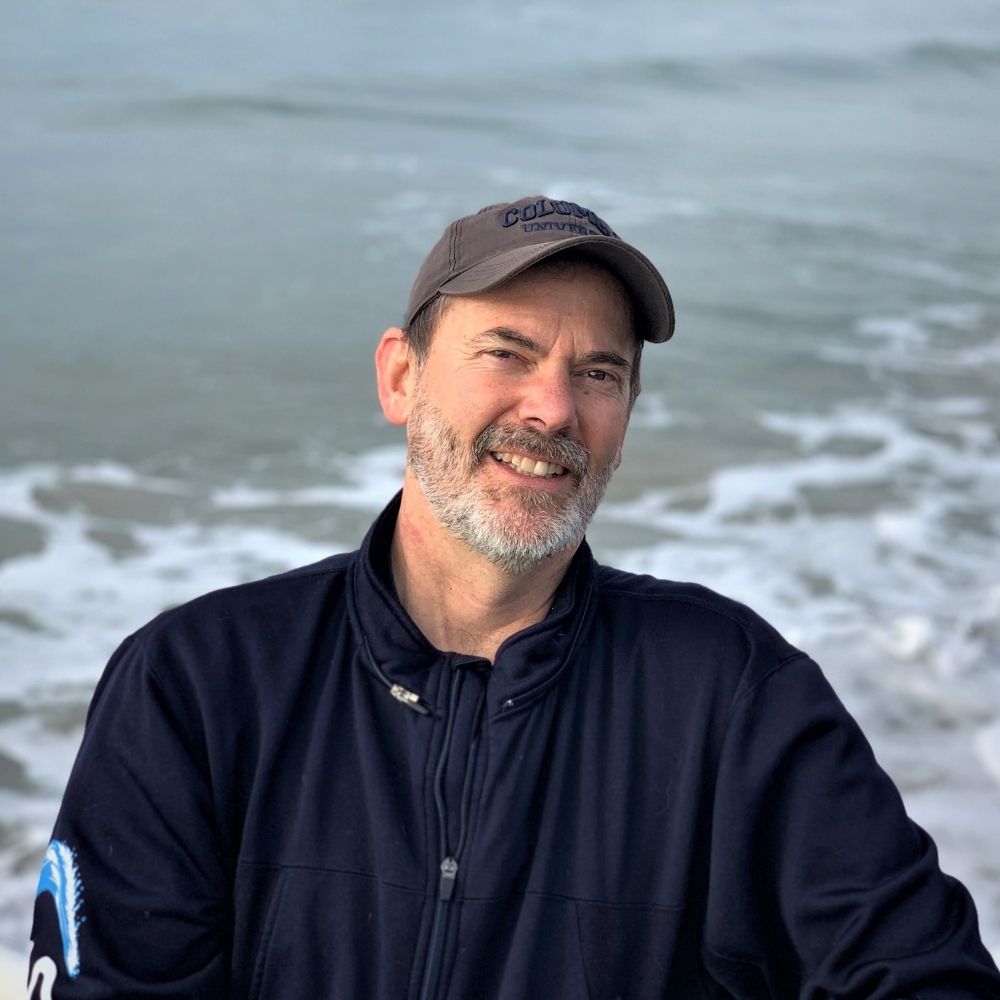
Few institutions have a closer connection to coastal policy than UC Santa Barbara, perched as it is upon the bluffs at Campus Point. Add to this the response to the 1969 oil spill, which birthed the modern environmental movement, and it’s no wonder the university has gone on to foster a preeminent community of researchers studying marine and coastal issues.
Now Charles Lester, former executive director of the California Coastal Commission, is revitalizing UC Santa Barbara’s Ocean and Coastal Policy Center (OCPC) to carry forward work on pressing coastal management issues, from the protection of public shoreline access to the challenge of community adaptation to sea level rise. Lester has spent the past two-and-a-half years reframing the center, which has been inactive since 2010. With $680,000 in funding from two large grants on the way, he’s poised to truly begin work.
California has earned a reputation for successfully managing coastal resources, development and public access on both sides of the surf. The state’s fishery management and network of marine protected areas have served as a model worldwide. Its coastal management program, nearly fifty years old, is renowned for regulating growth and development and protecting the public’s right to access the beach. Nonetheless, California now faces new issues that threaten to undermine all of its achievements.
“I have many years of experience with, and a deep appreciation for what many acknowledge as one of the most successful coastal protection programs in the world,” Lester said. “But now our state is confronting climate change, and huge environmental changes such as sea level rise, and ocean acidification. We are also increasingly struggling with social changes, such as growing inequality and gentrification along the coast. These changes may fundamentally undermine all of the great work we’ve been doing.”
For instance, he added, “we’ve spent all this time, energy and political will battling to secure public access on our beaches, and now that access might literally be underwater in coming decades.”
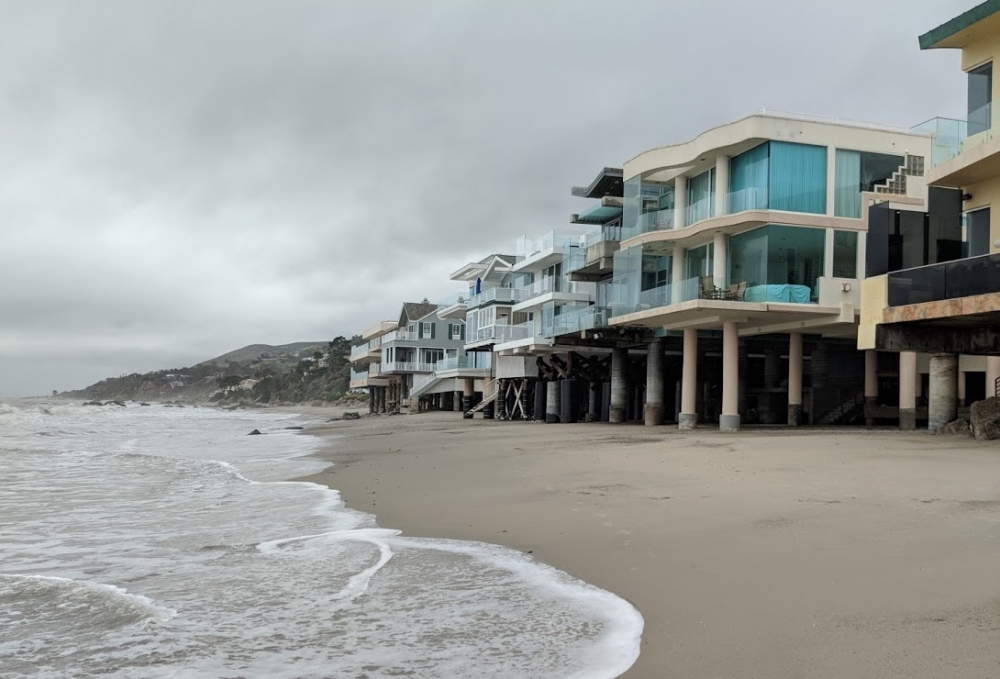
The ocean already extends under the very foundations of these houses at Lechuza Beach in Malibu. Sea level rise will bring public access and private property into further conflict.
Photo Credit: CHARLES LESTER
To address these challenges, the University of California has jointly awarded Lester and several of his colleagues $280,000 over two years as part of its 2021 Multicampus Research Programs and Initiatives competition. Lester will team up with experts at UC Santa Cruz, UC San Diego and the U.S. Geological Survey to address the challenge of adapting to climate change along California’s coast.
The center also has received nearly $400,000 from the Ocean Protection Council to focus on coastal adaptation planning in California. This project will evaluate the sea level rise adaptation planning work of 76 local governments along California’s coast, an effort that complements and expands upon work that will already be underway as part of the UC-funded initiative. The grants will enable Lester to hire two graduate researchers to support the center’s research.
Lester spoke on campus in 2017 at the invitation of the environmental studies program. This led to discussions between him and the university, which extended Lester an offer the following fall to join the Marine Science Institute to work on coastal policy.
The Ocean and Coastal Policy Center had actually been established in the 1980s, in part by the late Biliana Cicin-Sain, a leading academic in the coastal management field, who happened to be on Lester’s doctoral thesis committee. It had fallen quiet in recent years, just waiting for a passionate individual to bring it to its feet again.
“It was already a formal entity within the Marine Science Institute, and I was fortunate to be able to inherent the existing center and be appointed its director,” Lester recalled. This enabled him to hit the ground running.
The Ocean and Coastal Policy Center’s current research focus spans three areas: coastal resilience, environmental justice and public beach access, and international knowledge transfer.
California’s iconic shoreline — from its communities and beaches to coastal wetlands and intertidal habitats — is increasingly threatened by coastal hazards such as extreme flooding and erosion associated with climate change, sea level rise, storms and El Niño events. Indeed, Santa Barbara County is all too familiar with the issues posed by erosion, inundation and extreme events.
Practical and effective solutions are needed to help communities address the accelerating social, economic and environmental challenges driven by climate change. Lester plans to develop the center into a resource that can help guide our response to these challenges.
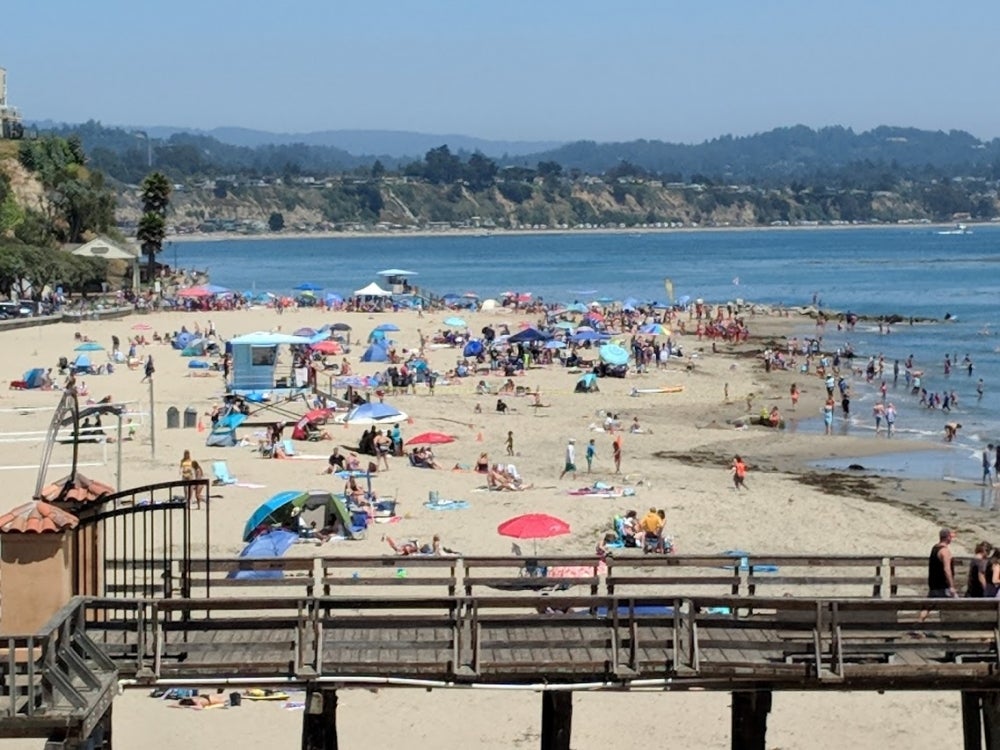
The beach is part of the culture of California, Lester said, and the state has enshrined public access to the coast into law.
Photo Credit: CHARLES LESTER
As funding comes in, Lester plans to expand into issues of coastal equity, a topic close to his heart. “Public access to the shoreline for all citizens, not just those fortunate to be able to live in the coastal zone, is one of main reasons we have a coastal protection program,” Lester said. “The ability to enjoy our incredible shoreline is a way of life in California.”
Nearly all of the California coast below the mean high tide line is public property, accessible to all. But as the ocean rises, this tideline, and the desirable beaches along it, will move steadily up shore, bringing it into conflict with private property and other public uplands.
“There’s bound to be litigation in the future around questions of ownership and what can happen in and around that vital shoreline space,” said Lester. “And so I don’t think our 50-year effort to protect the public’s right to coastal access is going to be ending any time soon.”
Lester plans to build the center into a resource that can help California and other places engaged in coastal management build on the state’s past successes, in addition to steering future efforts. “California is understood as being one of the leaders in protecting and expanding public access and recreation on the shoreline,” he said.
Prior to joining UC Santa Barbara, Lester participated in the Chile-California Conservation Exchange, an initiative to share information about how California has protected its coasts and invested in public lands. The two regions share certain geographic and climatic features, leading to similarities in coastal environments, and the issues they face.
Lester incorporated international collaboration as one of the programs of the OCPC. It’s a little early to tell how this will develop, but he hopes to build relationships to other regions as well. He has already been doing some work in the U.S. territory of Guam, and hopes to reach out to colleagues in Australia, where communities are actively working to adapt to sea level rise.
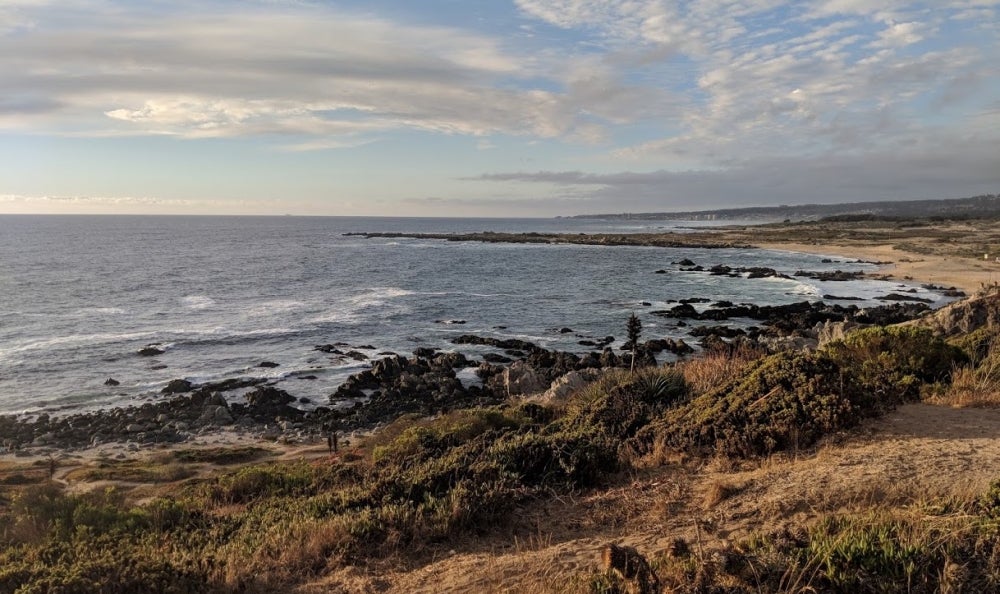
This seascape from the Chilean coast near Las Cruces recalls the ocean vistas of northern and central California, highlighting the similarities between the two regions.
Photo Credit: CHARLES LESTER
Coastal work is inherently interdisciplinary, a field that deals with complex socio-ecological systems. Addressing them requires an understanding of social and natural sciences, as well as the connections between them. UC Santa Barbara’s collaborative culture and leadership in marine and coastal research immediately appealed to Lester, as did the enthusiasm for coastal issues among researchers and the community at large.
Chancellor Henry T. Yang recently appointed Lester to the Shoreline Planning Advisory group, which will council university administration on how to respond to the coastal issues that directly impact campus.
“This advisory group is an opportunity to work with my new colleagues to address some of these large issues in a much more palpable way right here on campus,” said Lester, whose office overlooks the bluffs along Lagoon Road.
For Lester, joining UC Santa Barbara to lead the OCPC represents the perfect opportunity to continue doing what he loves. “I’ve spent my career in coastal management so I have a really strong appreciation and passion for the incredible work we’ve done in this state to protect the coast for almost 50 years now,” Lester said.
“In my role at the OCPC, I hope to help carry forward the legacy of the work we’ve done in California,” he continued. “The aim is to be a resource for people to learn about and understand how coastal management, law and policy work; to pass on that knowledge from one generation to the next; and to make sure that we continue to support strong coastal management in California and beyond.”



